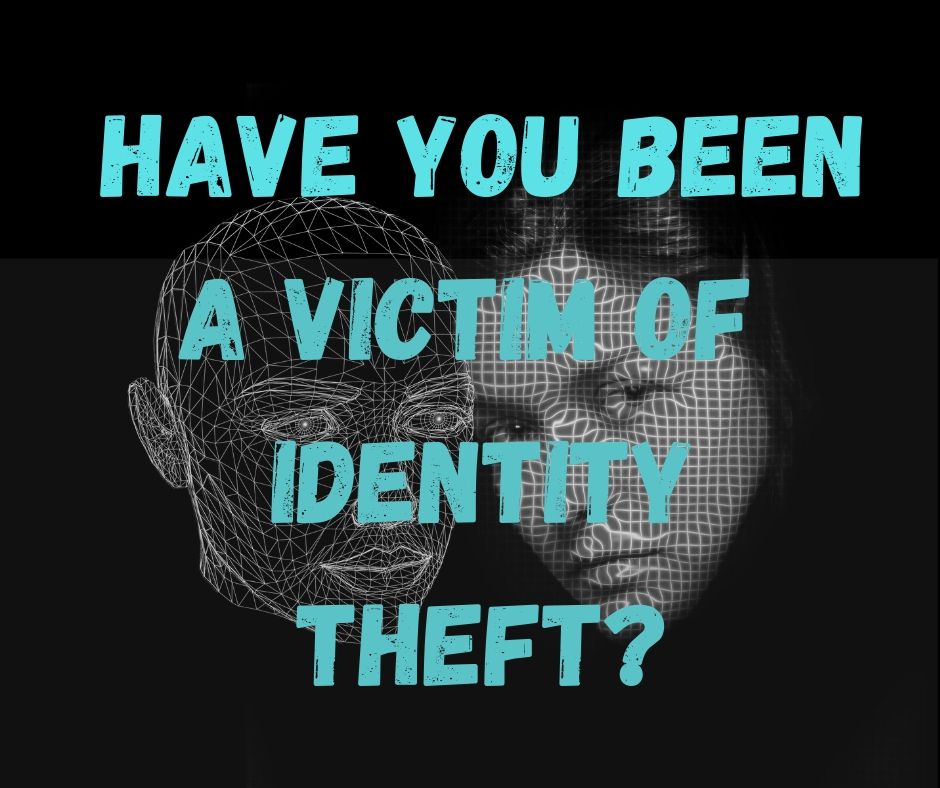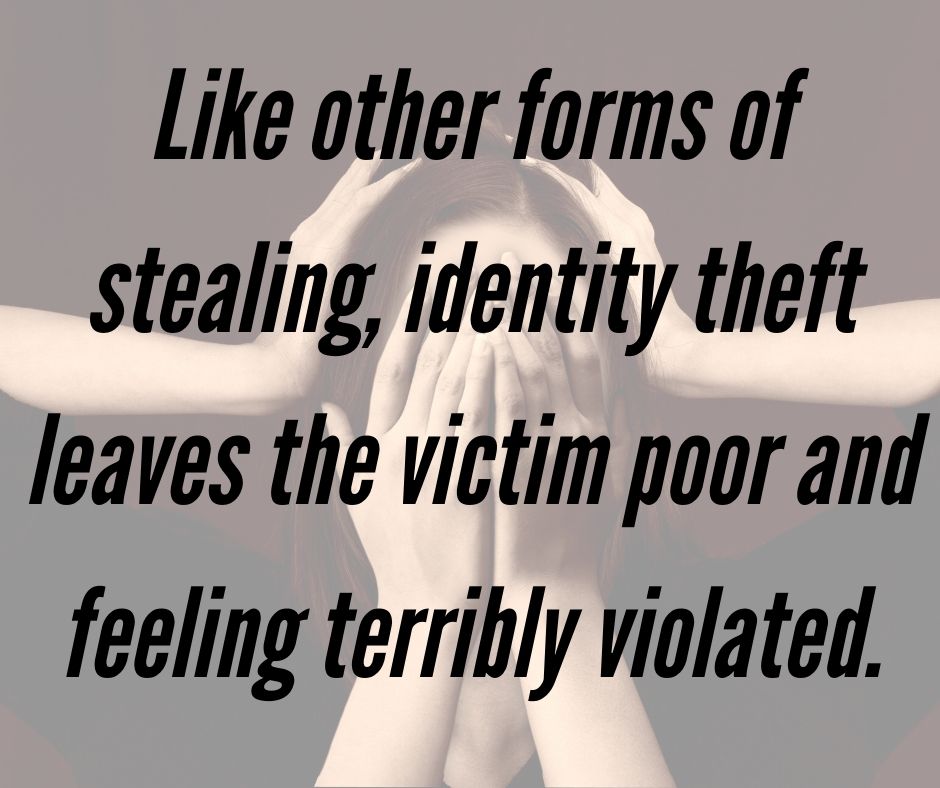Here’s how you can Protect Yourself from Different Types of Identity Theft
- 9 July 2020 | 996 Views | By Mint2Save

Identity theft is a big threat that individuals face these days. Once your identity is stolen, perpetrators can do a lot of things including impersonating you to withdraw your funds from the bank accounts, applying for loans or credit cards or else, selling off your data to the dark web where we cannot know what might be done to your data. It is estimated that more than $10 million dollars are being lost due to identity theft every year.
Therefore, safeguarding yourself from identity thefts is very important. Here, in this article, we will first discuss what is identity theft and kinds in it. Then we go on with the discussion of safeguarding yourself from identity thefts. 
But one thing to keep in mind: Even though you follow all the recommended practices, identity theft cannot be completely prevented. So, in the end, we also discuss some of the common red flags that indicate your identity has been stolen and how to report identity theft to authorities so that proper action will be taken.
What are the different types of identity theft?
To say simply, identity theft is the misappropriation of a person’s identity by another person who has obtained your identity by illegal means. Identity theft is sometimes referred to as identity fraud, but the latter is less used than the former.
The many different kinds of identity thefts can be categorized based on what the fraudsters do with your identity. For instance, they could gain access to your accounts and take money from your bank accounts, create changes in your credit cards which would classify as existing account takeover identity theft. But, if the fraudster opens a new account from your identity, then it would be new account identity theft.
What is the most common form of identity theft?
There are also some instances where the fraudster just submits your identity information for some benefits. In one case, your identity could be given to law enforcement officials in the wake of some crimes which come under criminal identity theft. Your identity could also be stolen to submit an income tax return for getting a tax refund.
Both your online and offline behaviors can put you at risk of losing your identity information. The following measures will make it harder for the fraudster and will discourage them from attempting to steal your identity.
Safeguarding yourself against Online identity theft: How do you fix identity theft?
Use Strong passwords everywhere:
You might think it’s not necessary, but leaving any entity: your computer, smartphones, your financial accounts without a strong password is very dangerous. It is advised always to use passwords on all your accounts and also to frequently change them. Also, make sure that you do not keep predictable passwords or similar passwords across different places.
Also, make sure that your wifi network has a name that does not relate to your home and also has a strong password. Although there are password generators, it would be good if you are able to generate a strong password yourself as hackers are coming up with ways of defeating the passwords generated from them.
Only follow trusted links:
You strictly should avoid clicking on any shady links in emails or other messages. Fraudsters usually send emails and create websites that look similar to that of your bank and cheat you in giving them your information. If you have any remote feeling that it is not legitimate, it is a good idea to not to open it.
Be safe with public networks:
Be mindful when you are using public networks, even when the network is protected with a password. Attackers could trace what you do online and capture various information from login credentials to the credit card information. You cannot trust the charging port either because hackers are using these charging ports too to steal the data from your mobiles.
But, if you are required to use public wifi, consider using Virtual Private Network to safeguard your data and render it useless even when someone snatches it by encryption.
How do I fix my credit after identity theft?
Destroy any private records or statements and other trials:
By destroying credit card statements, solicitations, or any other documents that contain private information, you can be assured that they won’t get into the wrong hands through them. You must never leave the mailboxes with documents or any other things with personally identifiable information as thieves loot the mailboxes and get the information.
Also, dumpster diving still exists. If you did not properly destroy the documents without shredding them and throwing them away into trash cans, you risk losing your personally identifiable information to fraudsters.
Other than them, you also need to make sure that ATM or gas station receipts too are destroyed or at least not left behind.
Disclose information to only trusted parties:
One of the most common ways of obtaining your identity is to call you over the phone posing as company employees and ask your personal information. They may say their database is corrupted or any other reason, but you must understand that no legitimate organization will ask your personal information like this.
But, this might happen in extraordinary conditions and if you think that this could be a legitimate call, don’t give your information yet, just ask their credentials and then call your organization with that information and verify if it is true that the person had called.
Observe all strangers coming into your home:
You generally will not invite any strangers to have a look into your room. But strangers will enter your home nonetheless as appliance repairpersons, cable tv installers, or others. If you keep your important documents well within reach for them in your home, then you risk them being stolen or at least the information of them being stolen. Try to keep all your important documents in secure places like document lockboxes at home and deposit boxes in your bank.
While that takes care of some of the measures you can take to prevent identity theft, you cannot be completely sure that your identity will not be stolen. Many things may happen that result in your identity being stolen: You may miss some guidelines, fraudsters could come up with entirely new ways to getting your identity of whose avoidance you don’t know or in some cases, you are not in control as your personal information stores elsewhere like your business partners or banks which could be compromised.
For this reason, you also need to be on the lookout for several red flags that indicate your identity has been stolen. After you are certain that a fraudster has your identity, you need to immediately report it to the authorities.
How do Identity Thieves steal your Information?
Identifying and reporting identity theft:
These are some of the indications that your identity has been or could be stolen:
- Important documents containing your identity information like passport or driving license have been missed or stolen.
- A State benefit has already been taken in your name but in reality, you hadn’t.
- Your credit reports and card statements are showing suspicious activity.
- You have been refused to be given new loans or credit cards despite having a good credit score.
- Some financial institutions or debt collectors can give you letters or calls for clearing the debts you didn’t actually take.
How do I fix my Credit after Identity Theft?
When you find some of the above instances happening to you, The first thing that is recommended to do is to contact the companies involved and place a fraud alert. A fraud alert, as the name indicates is an alert on your credit report that will indicate that a fraud could have taken place. There are three kinds of fraud alerts: initial, active duty, and extended.
An initial fraud alert will only last 90 days, but during this time, it would be very difficult for the identity thief to use the information in the name of you because activating this alert requires businesses to verify the identity before a new credit is approved. If you want, you can renew these alerts after their expiry too.
An active duty alert lasts one year and here too extra steps will be taken before giving credit in your name. These two are much help if your credit card or other information is stolen. But what if your social security number is stolen? The attacker might wait for a long time: months or even years before committing fraud. In that case, you may need an extended fraud alert which lasts for seven years.
You may also notice the FTC about the issue or file a police report. Things would be a lot easier when you have an identity theft protection service. They will also alert you if there is a fraudulent activity using your PII.
So, you need to be aware of the issues and protect your identity as much as you can. You are only but a part in the giant chain involving banks, businesses, government entities, and many others, and one cannot protect everything. In the end, no can completely prevent identity thefts but only minimize their occurrences.









